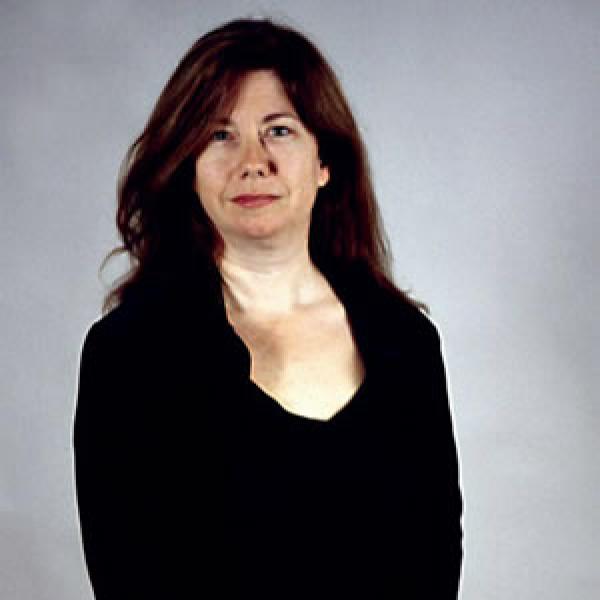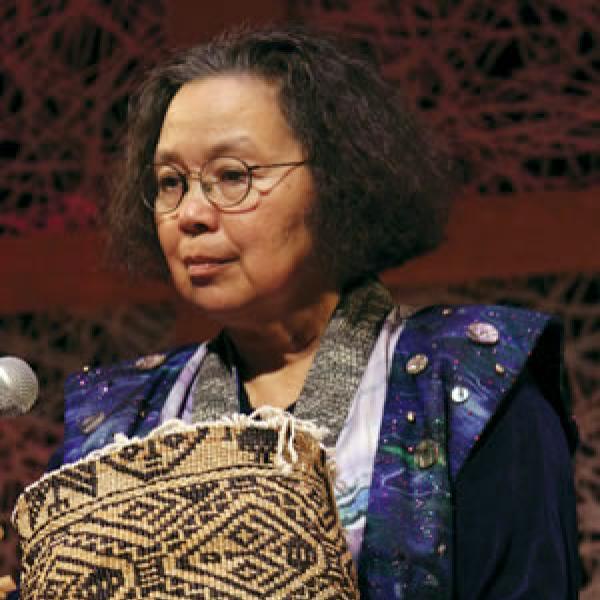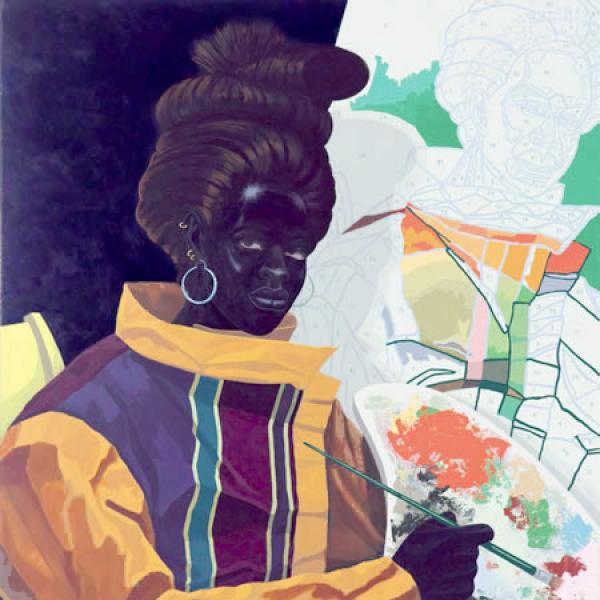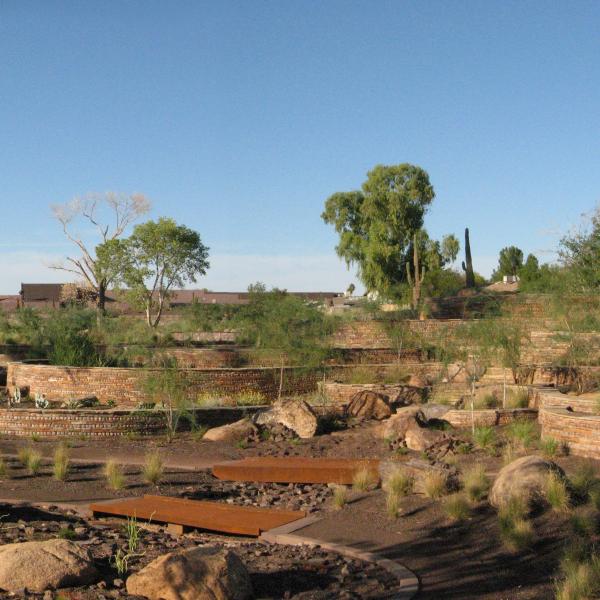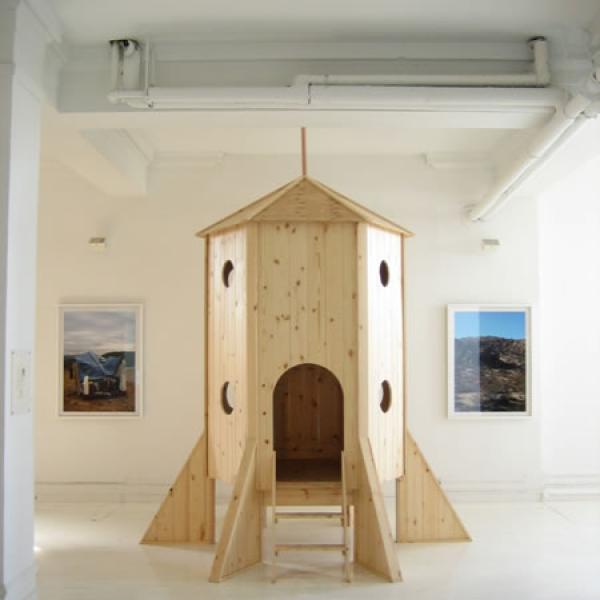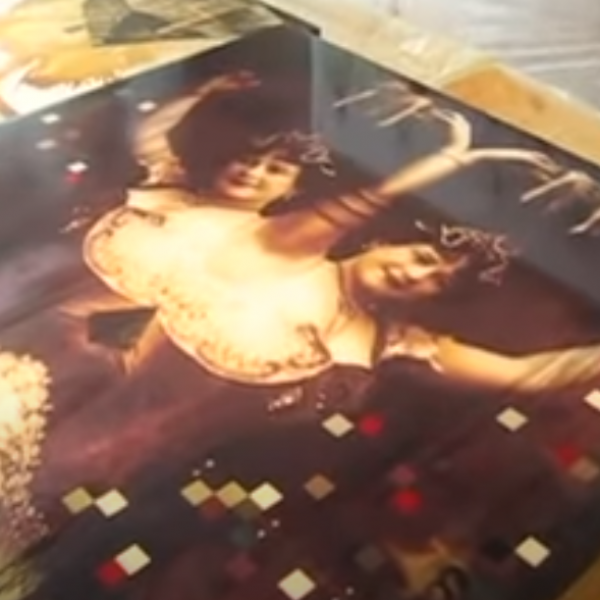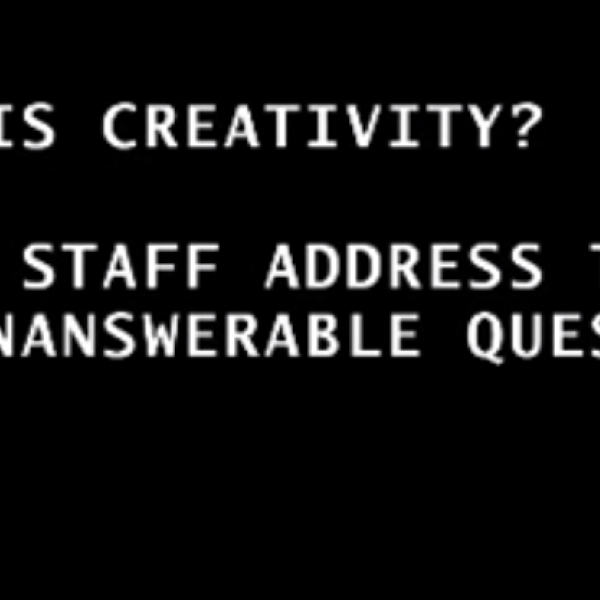Cartography for the Land of Ideas

According to her twitter profile, Maria Popova is "an interestingness curator & semi-secret geek obsessed with design, storytelling & TED." The editor of Brain Pickings (www.brainpickings.org) -- a website that covers design, music, anthropology, ecology, politics, religion, and anything and everything in between -- Popova has also contributed to WiredUK, GOOD, and designobserver. com. What follows, in her own words, is Popova's take on creativity, curiosity, and culture.
Creativity = Curiosity + Courage
Creativity is simply our ability to combine all the existing pieces in our head -- memories, ideas, knowledge, inspiration -- into incredible new things. It is completely contingent upon the depth, breadth, and diversity of these cognitive micro-resources -- the more pieces we have, and the more disciplines they span, the stronger, richer, more impactful our creative output will be.
In a way, it means to be intellectually restless. To consistently allow yourself to be uncomfortable, to be incompetent and, in the process, to learn. Mostly, a creative life is one of perpetual and indiscriminate curiosity about the world and its many facets. It's a kind of pattern-recognition that is only possible if one has a broad, cross-disciplinary view of culture, constantly probing how different pieces fit together. Just like man, no idea is an island. Creativity is cartography for the land of ideas -- mapping new, better routes for how things fit together in the broader context of culture and society.
Contrary to how much of the creative industry operates -- from the notorious artist ego to the award-lined shelves of prominent designers -- true creativity and innovation require the dissolution of the ego, which in turn necessitates the admission of the possibility of failure. Finding new, better, smarter ways of doing or thinking about things means letting go of the old, of the familiar, of our comfort zones. This sounds like a worn cliché, but is in fact quite hard to do for many creative people because it means we need to learn to be uncomfortable and, possibly, terribly wrong. Which is something the creative ego has a hard time allowing. In a way, failure -- or at the very least allowing for the possibility of failure -- is what takes arrogance out of the creative process, which allows it to become just that -- a process -- rather than a rigid, preconceived blueprint that takes us just where we expected to go and nowhere else.
When it comes to education, curiosity shouldn't be a guilty pleasure.
There's something to be said for education and the arts, specifically "liberal arts education," which has mutated to a grotesque degree from its original conception. Today's liberal arts institutions are anything but liberal and hardly acknowledge, let alone honor, the arts and the role of creativity. Instead, higher education has become the ultimate pigeonholing machine for the doctor/lawyer/banker/consultant path that over 80 percent of college students marry as early as freshman year. Cross-disciplinary curiosity is all but shoved to the elective fringes of curricula, cast almost as a guilty pleasure that distracts from rather than enriches the narrow coursework of one's major.
Nowhere is the importance of curiosity more pressing than in those formative years of the intellectual and creative self, yet our educational institutions work to consistently extinguish indiscriminate curiosity. We have, now more than ever, a responsibility to be the champions of our own curiosity and the guardians of young people's right and desire to explore that inherent human gift before it is squandered somewhere in the limbo between standardized testing and academic myopia.
One of the big projects on my plate right now is a major youth initiative that deals with precisely that -- the preservation of young people's cross-disciplinary curiosity as a lubricant of their creative entrepreneurship and an engine for finding their most authentic talent, that unique creative impetus that helps them unleash on the world their fullest creative potential and highest intellectual aspiration.
You send one simple e-mail to a few friends and next thing you know you're running a web source that gets more than 100,000 hits/month and you have nearly 30,000 Twitter followers.
Brain Pickings began with the insight that people I knew in different creative industries -- design, advertising, photography -- confined their domain of curiosity to the silos of their disciplines, from the magazines they read to the e-mails they passed around for inspiration. I thought it rather backwards to claim to be in the business of creativity yet fill your intellectual tank of resources only with what's already been done within your industry. So I started sending out a simple weekly e-mail to some of my friends working in advertising and design. Each Friday, I'd curate just five links to five fascinating pieces of content across anything but advertising and design -- from an obscure vintage Japanese short film to the latest findings in neuroscience. Eventually, I noticed they were forwarding these e-mails across their own social graphs, to friends with wildly different occupations, often outside the loosely defined "creative industry." So I realized there was a sort of intellectual market for this kind of indiscriminate curiosity.

Subconscious, an artwork by Pansa Sunavee, one of the artists featured in a Brain Pickings post. Photo courtesy of the artist |
Sometimes you just need a little help making sense of the world.
In the traditional art world, a curator selects pieces of artwork that together construct a narrative, convey a vision or tell a story about some aspect of how the world operates. Today, we are increasingly overwhelmed by the access to and availability of information, which produces a sort of analysis paralysis in terms of crafting that story of how the world works. Without trusted filters, who help us sift the signal from the noise, we're left either utterly overwhelmed by the sheer abundance of information or paralytically confined to an echo chamber of our existing knowledge and beliefs, seeking out only information that confirms them. Today's information curators are these trusted filters that help us make sense of the world.
An "interestingness curator" is simply a curiosity guide -- someone who digs out interesting cross-disciplinary content in a way that allows people to become interested in things they didn't know they were interested in until they discovered them. What makes an interestingness curator different from an information curator, or at least a more specialized variety of one, is that today's information economy tends to have an air of newsiness and is often driven by what I call the "Digg mentality" -- a small number of very active users allow sensationalist but not necessarily substantive information to float to the top, burying content that may be a bit older and more esoteric, but is nonetheless fascinating and noteworthy. An interestingness curator is an antidote to this, finding those fascinations and, over time, empowering creativity by creating the right intellectual conditions for the crosspollination of these different ideas in one's mental petri dish of resources.
Artists provoke, inspire, spark.
Historically, artists have always been the ones to frame what matters in the world and provide social commentary on the era's sociocultural phenomena. While our definition of "community" will evolve -- from tribes to neighborhoods to online networks -- the role of the artist will always remain the same: to provoke, to inspire, to spark storytelling around the issues that define us as a civilization. The difference, perhaps, is that today's artists have the opportunity to reach much wider audiences via constantly proliferating media channels. And with this opportunity comes a certain responsibility to make the message of art one that steers humanity for the better…. it's safe to say there are certain types of broader messages that are universally "good" and the world can never have too much of -- empathy, compassion, kindness to each other and to our planet. It is my belief that art and its creators carry both the burden and the enormous opportunity of filling the world with these universals.
Maria has one piece of advice…
Be curious. Be constantly, consistently, indiscriminately curious.
Here are three websites Maria thinks you should know about:
swiss-miss.com The work of Swiss-born, Brooklyn-based designer Tina Roth Eisenberg, Swiss Miss is probably my favorite design-and-beyond blog out there. Brilliantly curated and delightfully cross-disciplinary, on any given day it can deliver everything from elegant biodegradable Japanese tableware to a rare interview with Paul Rand to a nifty new app that helps parents find playgrounds for their kids.
hilowbrow.com Intelligent without being presumptuous, HiLobrow lives up to its tagline that "middlebrow is not the solution," offering a deluge of art and compelling cultural insight about it.
openculture.com Curated by Stanford's Dan Colman, OpenCulture is a treasure trove of signal sifted from the web's free noise -- free online classes, vintage films, archival interviews, music, and so much more. Dan does a fantastic job contextualizing each piece of media and drawing on other content to reveal important cultural patterns that inform and inspire some of today's thinking.


